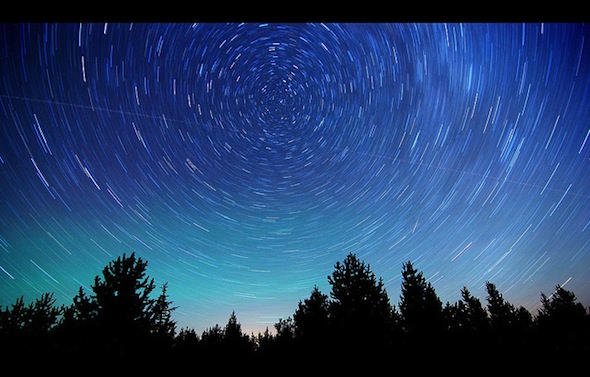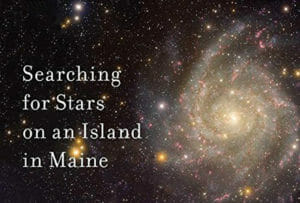Introducing ‘Primordial Gravitational Waves’
Scientists are announcing a "whole new era" of physics with the possible detection of "fingerprints of the big bang in gravitational waves on the whole universe."
Scientists are announcing a “whole new era” of physics with the possible detection of “fingerprints of the big bang in gravitational waves on the whole universe” known as “primordial gravitational waves.”
The tiny ripples in what physicists call spacetime are the last prediction of Albert Einstein’s 1916 general theory of relativity to be verified, Stuart Clark writes at The Guardian. Until now, scientists have had only circumstantial evidence of their existence. The discovery may also connect Einstein’s theory with quantum mechanics, another pillar of physics, leading to what some have called the “theory of everything.”
“This is a genuine breakthrough,” Andrew Pontzen, a cosmologist from University College London who was not involved in the work, was quoted as saying. “It represents a whole new era in cosmology and physics as well.” If confirmed, the discovery will almost certainly lead to a Nobel Prize.
The research involves light from the big bang that has been turned into microwaves over the course of its passage through space. These microwaves were discovered in 1964 and are known as cosmic microwave background radiation. A telescope at the South Pole called Bicep2 was designed to measure the changes in these waves.
Of the findings, Clark writes:
If it confirms the signal and its strength then cosmologists will be presented with an extraordinarily rich seam of data about the conditions immediately after the big bang. “We are going to be able to measure all sorts of subtle details to start pinning down how physics operates in those utterly extreme conditions,” says Pontzen.
This could reveal the interface between the two great theories of physics: general relativity and quantum mechanics. Despite almost a century of effort, the world’s physicists have not been able to show how these theories work together. The primordial gravitational waves that produced the signal seen by Bicep2 were produced in interactions that took place at a trillion times the energies that can be produced in the Large Hadron Collider at Cern.
Dr. Ed Daw, an astronomer at the University of Sheffield, said, “Gravitational waves emitted at the time of the big bang can tell us how the universe came to exist. … If these results prove correct, we will have new key information on the very early universe, information that is hard to get from any other source.
“Gravitational waves are a new frontier in astrophysics and cosmology. If today’s findings are accurate then it will further strengthen our understanding of how the universe formed.”
Clark continues:
Taken at face value… these new results mean that cosmologists can now begin to tease out the details of the big bang.
Read more about the development here.
— Posted by Alexander Reed Kelly.
Your support matters…Independent journalism is under threat and overshadowed by heavily funded mainstream media.
You can help level the playing field. Become a member.
Your tax-deductible contribution keeps us digging beneath the headlines to give you thought-provoking, investigative reporting and analysis that unearths what's really happening- without compromise.
Give today to support our courageous, independent journalists.



You need to be a supporter to comment.
There are currently no responses to this article.
Be the first to respond.